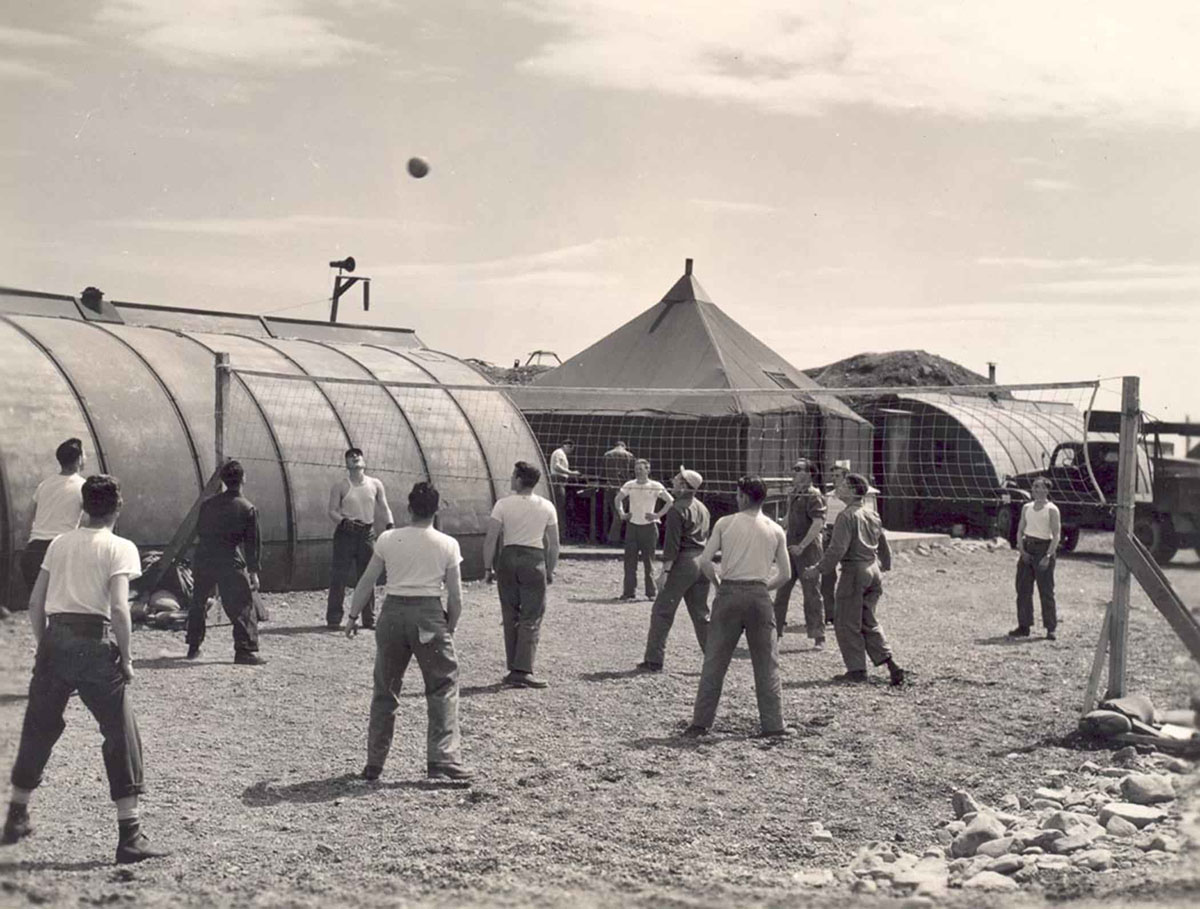Throwback Thursday: When Volleyball Was Invented in Massachusetts

Photo via iStock
Up for a game of “mintonette”?
Just round up two teams, find a lightweight ball a little smaller than a basketball, and volley it back and forth over a net. If that sounds a whole lot like volleyball, it’s because it is.
On February 9, 1895, a man named William G. Morgan invented volleyball, which he called mintonette, at the YMCA in Holyoke, Massachusetts. Morgan worked as the director of physical education at the Y, where he developed exercise programs for the adult men who were members there. He came to realize that basketball—a sport invented a few years earlier by James Naismith in Springfield—was too strenuous for older participants, and decided to come up with an entirely new game.
It seems Morgan adopted Naismith’s inventive spirit. According to the International Volleyball Hall of Fame in Holyoke, Morgan had forged a friendship with Naismith years earlier, and was recruited by Naismith to play football at the YMCA Training School, now known as Springfield College. Morgan later took his post at the Y in Holyoke after gradating from the school, and got to work on devising the new sport.
“In search of an appropriate game, tennis occurred to me, but this required rackets, balls, a net and other equipment, so it was eliminated—but the idea of a net seemed a good one,” wrote Morgan. “We raised it to a height of about 6 feet 6 inches from the ground, just above the head of an average man. We needed a ball; and among those we tried was a basketball bladder but this was to light and too slow. We therefore tried the basketball itself which was too big and too heavy.”
The solution? A brand new type of ball. Morgan asked A. G. Spalding & Bros. of Chicopee, Massachusetts, to create a lighter ball, and the leather-covered ball for mintonette was born.
In the beginning, mintonette differed from modern-day volleyball. It didn’t limit the number of people on the court or the amount of times the ball could be hit before going over the net. The rules were smoothed out later, when the sport debuted at Springfield College. The name was changed, too, since the object of the game was to volley the ball back and forth. Originally, volleyball was two words (volley ball) until 1952, when it was condensed to one word.
Soon after it was created, the new sport spread across the globe. U.S. troops in Europe played volleyball at camps during World War I, further boosting its popularity.
Morgan eventually left the physical education world to pursue business interests, but later reflected on his invention in an article for an athletics club.
“It seems like a dream to me when I think of the origin of Volleyball and its development,” he wrote. “I hope its usefulness will continue.”
Volleyball’s “usefulness” did indeed continue. Just 22 years after Morgan’s death in 1942, volleyball was introduced to the summer Olympic games.

Photo via Wikimedia/Creative Commons

